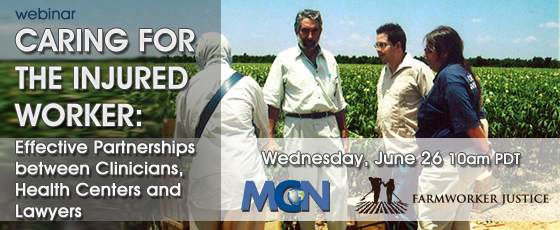Glenn Shor, Phd, MPP, Visiting Policy Analyst at the Center for Occupational and Environmental Health at the UC Berkeley School of Public Health.
This report was funded, in part, by The California Wellness Foundation, for UCSF Community Occupational Health Project, Barbara Burgel, Nan Lashuay, and Robert Harrison, 2004 - 2006.

